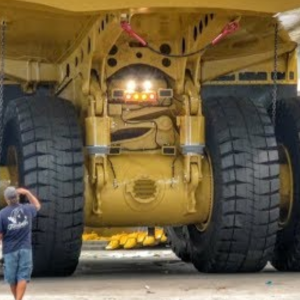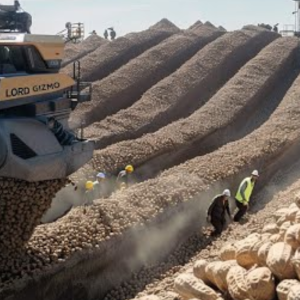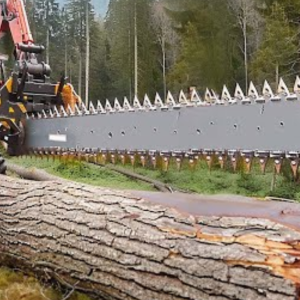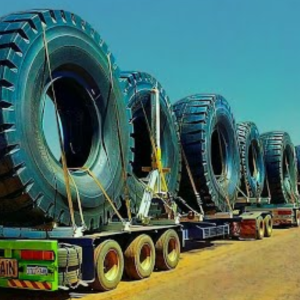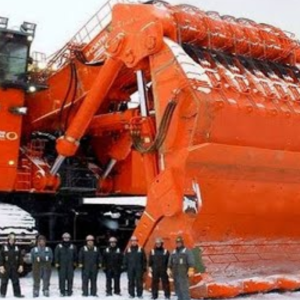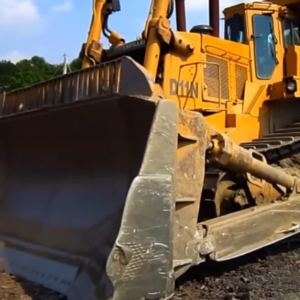 Behind the scenes of every seamless flight operation is a fleet of specialized airport vehicles working tirelessly to ensure that everything runs smoothly. These unsung heroes play crucial roles in maintaining the safety, efficiency, and punctuality of air travel. This article delves into the ten essential airport vehicles that form the backbone of airport operations, highlighting their functions and importance.
Behind the scenes of every seamless flight operation is a fleet of specialized airport vehicles working tirelessly to ensure that everything runs smoothly. These unsung heroes play crucial roles in maintaining the safety, efficiency, and punctuality of air travel. This article delves into the ten essential airport vehicles that form the backbone of airport operations, highlighting their functions and importance.
1. Aircraft Tugs and Tractors
Aircraft tugs and tractors are indispensable for moving aircraft on the ground. These powerful vehicles tow planes to and from gates, hangars, and runways, ensuring that aircraft are positioned correctly for takeoff and landing. Their robust design allows them to handle the immense weight of modern airplanes with ease.

2. Baggage Tractors and Carts
Baggage tractors and carts are responsible for transporting luggage between the terminal and the aircraft. These vehicles ensure that your bags are loaded and unloaded quickly and efficiently, minimizing delays and ensuring that your belongings travel safely with you.

3. Catering Trucks
Catering trucks are specialized vehicles designed to deliver food and beverages to aircraft. These trucks are equipped with lifts that can reach the height of the aircraft door, ensuring that meals are loaded smoothly and safely. Catering trucks play a vital role in maintaining in-flight service quality.
4. Deicing Vehicles
In colder climates, deicing vehicles are crucial for flight safety. These specialized trucks spray deicing fluid on aircraft to remove ice and snow from wings, fuselage, and control surfaces. This process prevents ice from affecting the aircraft’s aerodynamics and ensures safe takeoff and flight.
5. Fuel Trucks
Fuel trucks are essential for refueling aircraft. These vehicles transport aviation fuel from storage tanks to the aircraft, ensuring that planes have the necessary fuel for their journeys. Fuel trucks are equipped with safety features to prevent spills and ensure efficient refueling operations.
6. Passenger Buses
Passenger buses transport travelers between terminals and aircraft, especially at airports where planes park away from the gate. These buses are designed to accommodate large numbers of passengers and their carry-on luggage, providing a comfortable and efficient means of transport on the tarmac.
7. Pushback Tractors
Pushback tractors are used to push aircraft away from the gate before taxiing. These vehicles are designed to connect to the aircraft’s nose gear and gently push it backward, allowing the plane to begin its journey to the runway. Pushback tractors are critical for ensuring that aircraft can depart on time.
8. Lavatory Service Vehicles
Lavatory service vehicles handle the unpleasant but necessary task of emptying and cleaning aircraft lavatories. These vehicles are equipped with tanks and hoses to safely remove waste and replenish the lavatory systems with fresh water and sanitation supplies.
9. Air Start Units
Air start units are used to start an aircraft’s engines when the onboard auxiliary power unit (APU) is not functioning or is not available. These vehicles provide the necessary pneumatic power to start the engines, ensuring that aircraft can depart without delay.
10. Follow-Me Cars
Follow-me cars guide aircraft on the ground, especially in complex or congested airport layouts. These brightly colored vehicles lead planes from the runway to the gate and vice versa, ensuring that pilots navigate safely and efficiently around the airport.
Conclusion
The next time you board a plane, take a moment to appreciate the hidden network of airport vehicles that make your flight possible. From towing and refueling to catering and deicing, these specialized machines are essential for the smooth operation of air travel. By working behind the scenes, these vehicles and their skilled operators ensure that each flight departs and arrives safely, efficiently, and on time.


